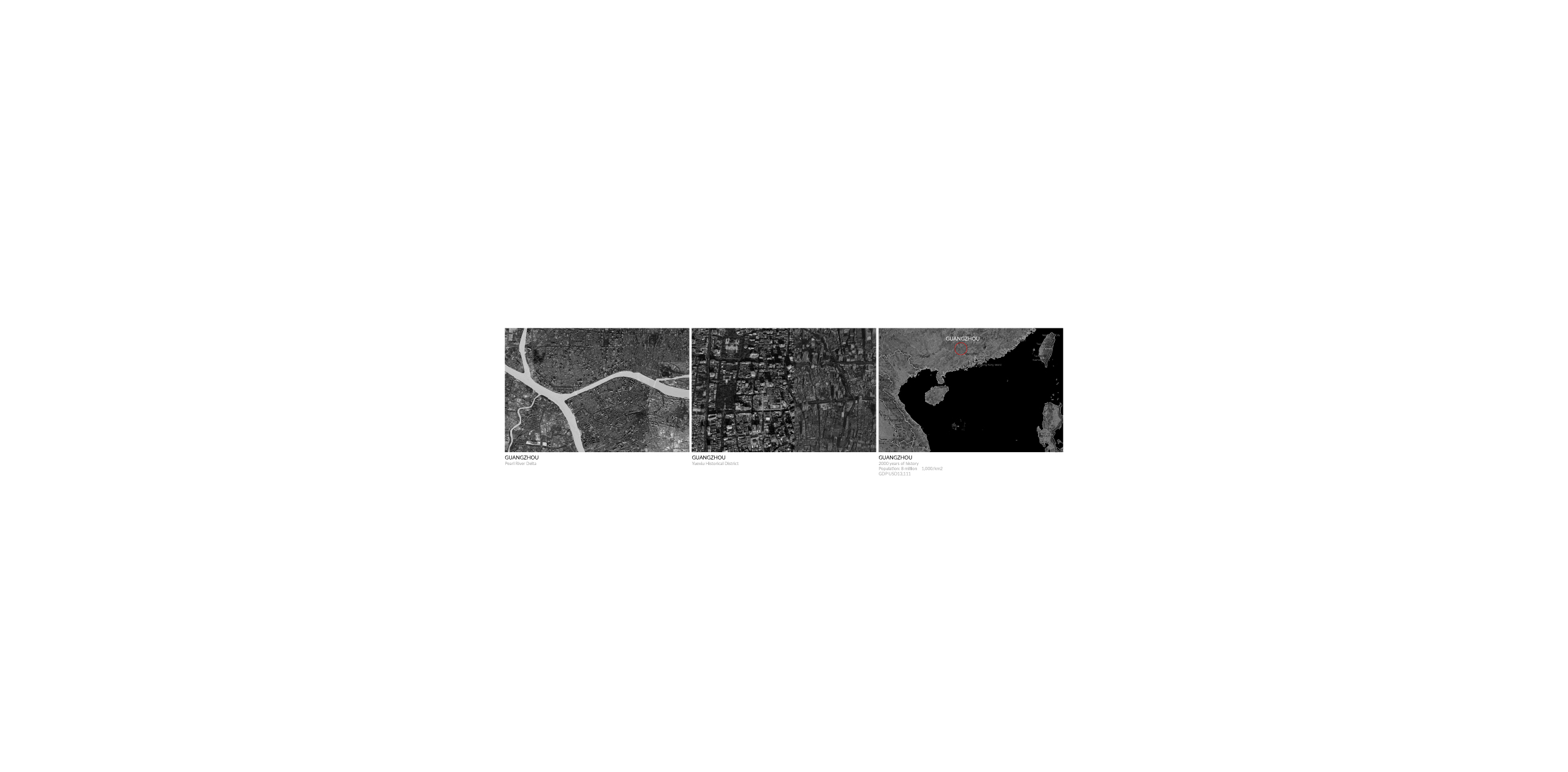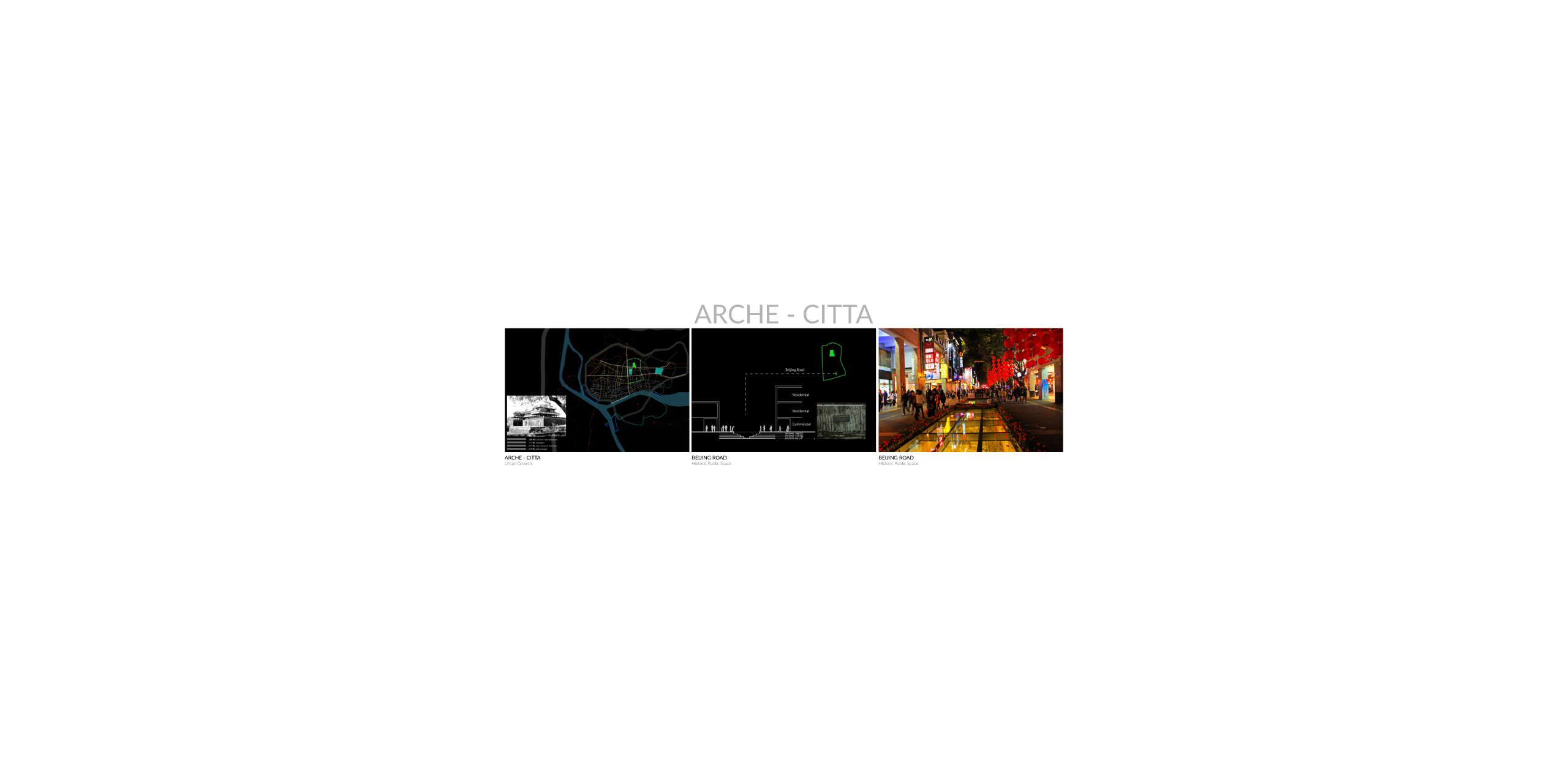Studies on the urban village (chengzhongcun) over the past ten years have focussed on legalistic and structural aspects, as well as the social outcomes of village-led redevelopment. Studies on the morphology of villages, their spatial and economic linkage with the city, and their internal spatial dynamics are, in comparison, limited in number and scope. This study of village space in the new central area of Guangzhou focusses on the spatial relationships between village space and the surrounding city—the exchange of people and goods, the movement system in relation to commercial activity, and the relationship between the pattern of building and movement networks—as a primer for new approaches to physical renewal. Primary field data, interviews, and archival research support the analysis of Shipai village, in particular. It was found that Shipai plays a significant role in transport and economy at the district and central city level. The internal movement system functions to connect surrounding areas while supporting a commercial and services system of local and district-level significance. The built form of the village is also self-generated by location and internal rule making. The physical and activity patterns of the self-rebuilt village exhibit the characteristics of emergent spontaneous order.
This urban theory analysis documented Guangzhou’s urban morphology & urban growth. It considered the analysis of conceptual models such as Tele-citta, Arche-citta, Cine-citta, and documentation of Guangzhou’s urban actors (public spaces and urban villages). The transformations of these actors and models, as well as public spaces and urban fabrics were mapped and represented in this graphical document.
 EN
EN  ES
ES 









